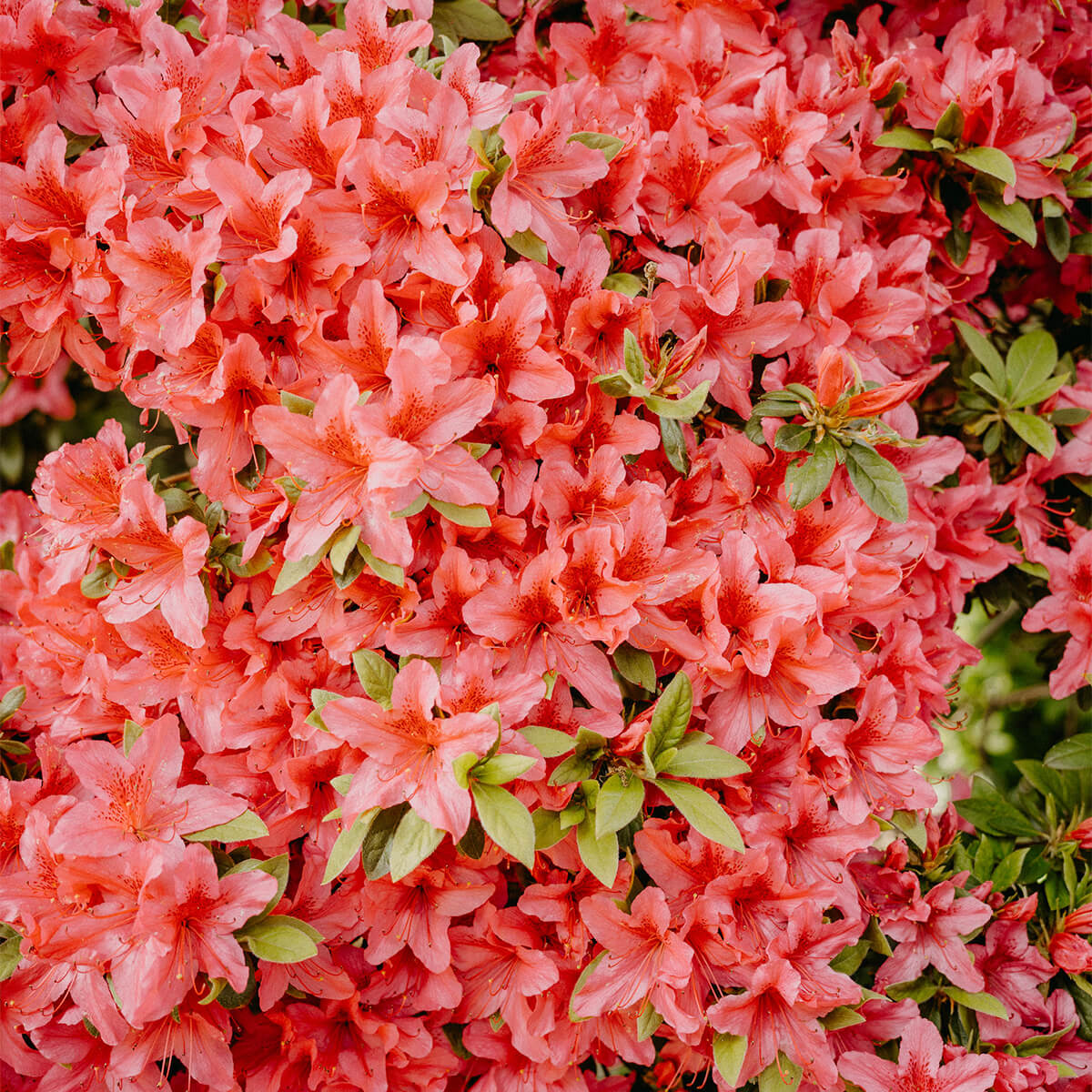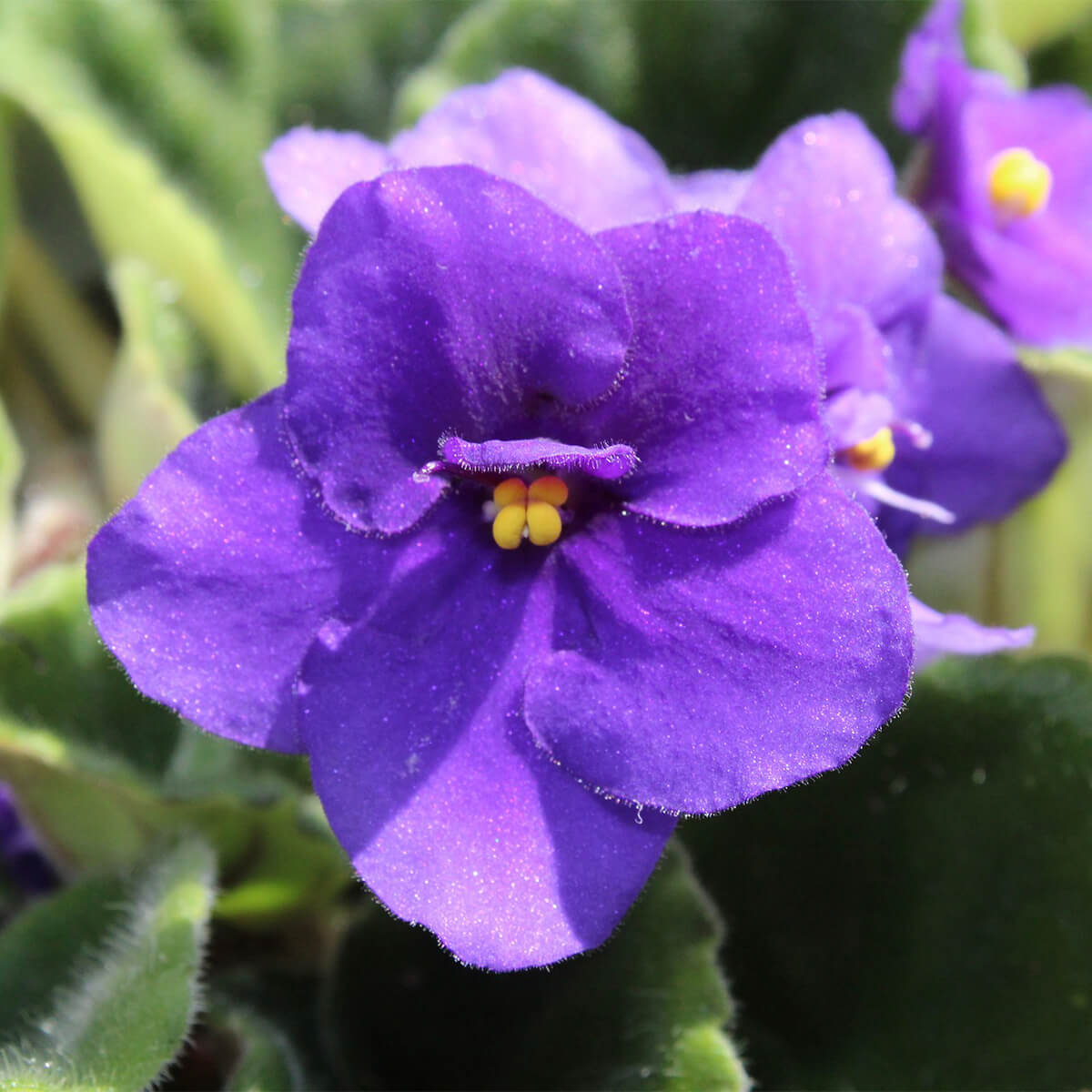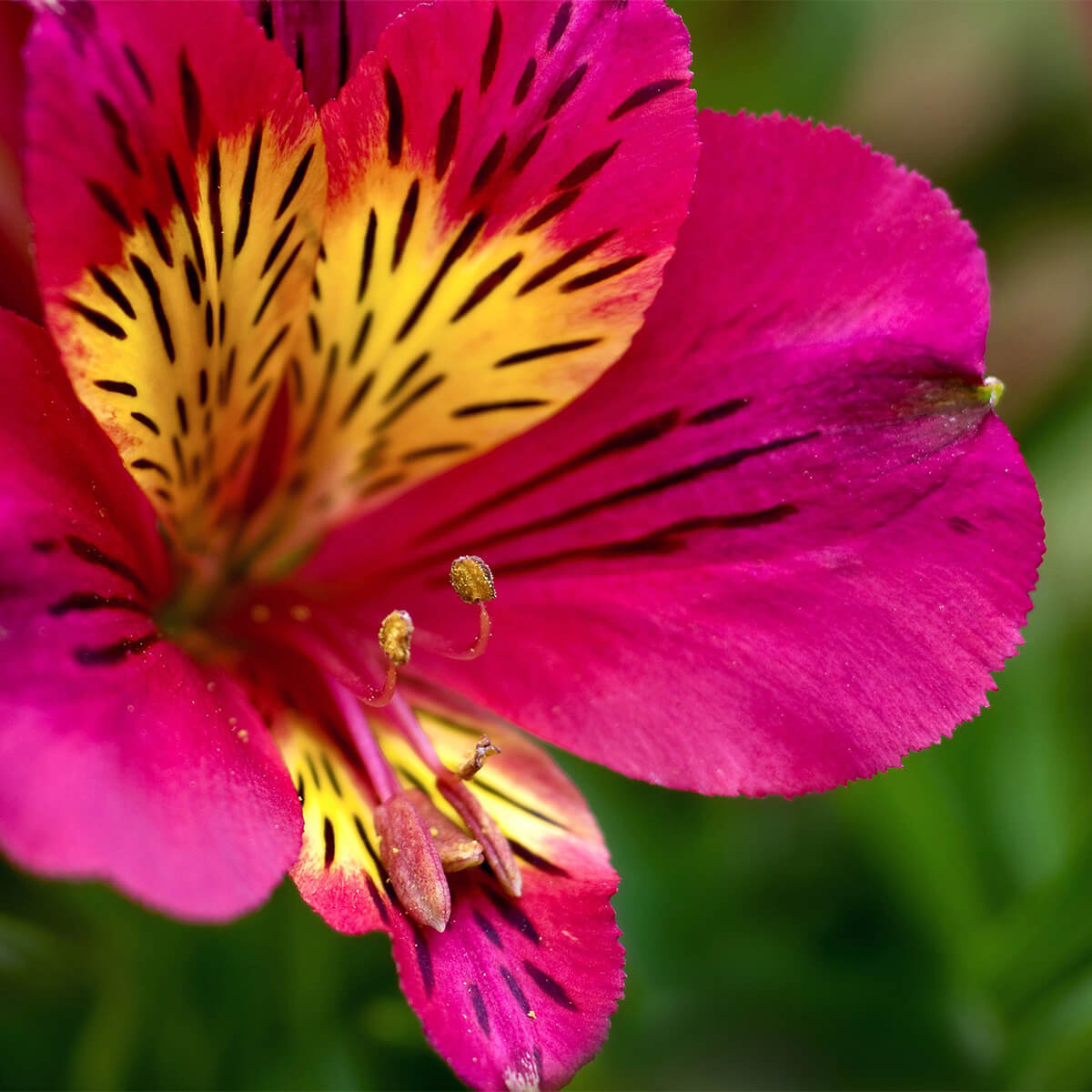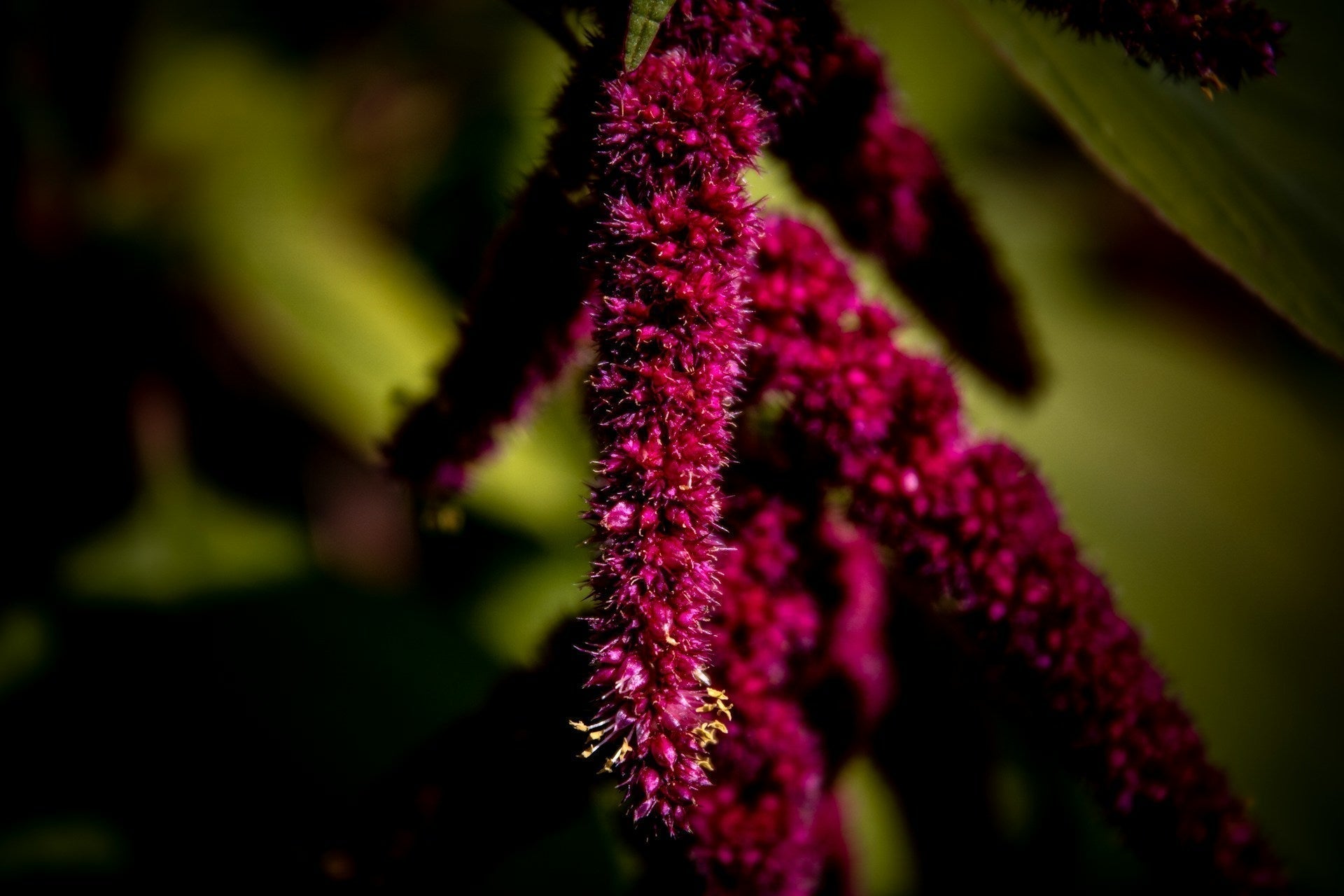Azalea – Rhododendron simsii
Symbolism: Azaleas have several meanings:
- Beauty and femininity, making them an ideal gift for a mother or wife
- Abundance and excess, due to the fact that they produce more flowers by nature
- Passion, in some cultures, making them a wonderful choice for expressing affection
Description: Azaleas are gorgeous garden plants that also do well as potted indoor plants. They have small, densely branched shrubs and dark green, leathery evergreen leaves. The green twigs, leaf stalks, and calyxes are covered with bristly brownish hairs. There are single, double, large-flowered, and small-flowered varieties ranging from roughly 6 inches to over 3 feet tall.
Depending on the variety, azaleas bloom in shades of pink, red, and purple.
Named after: Azalea, also spelled Azaleah, is of Greek origin, derived from the word azaleos, meaning "dry." In Greek mythology, Azalea was a nymph transformed into a flower by the goddess of the hunt, Artemis.
Latin/Scientific name: Rhododendron simsii
Native to: Originally from China and Japan; introduced to Europe in 1810
Flowering period: Spring; indoor azaleas bloom from October to around May
Vase life: Short; best enjoyed as potted indoor plants to brighten up the dark winter months
Popular uses in floral arrangements or bouquets: Not commonly used in floral arrangements or bouquets due to their short vase life.
When in stock in our shops: During the Winter, early Spring and Fall.
Potted Plant Care
- Azaleas prefer acidic soil with a pH between 4.5 and 6.0.
Water
- Water your azalea plant when the top inch of soil feels dry to the touch.
- Water the plant thoroughly and allow excess water to drain out of the pot.
- Keep the soil moist, but avoid overwatering as it can cause root rot.
Temperature & Humidity
-
Azaleas prefer cool temperatures (60-65°F, 15-18°C).
-
They also prefer a humid environment, so placing a tray of water near the plant or using a humidifier can help maintain adequate humidity levels.
Feeding
-
Fertilize your azalea plant every 2-3 weeks with a fertilizer that is specifically formulated for acid-loving plants.
-
Use a balanced, water-soluble fertilizer during the growing season (spring and summer).
-
Avoid fertilizing during the winter months when the plant is dormant.
Transitioning Indoors to Outdoors
- Azalea plants can be transitioned from indoors to outdoors in the spring after the last frost.
- Start by placing the plant in a shaded outdoor area for a few hours a day and gradually increase the exposure to sunlight over time.
- Ensure the outdoor soil is well-draining to prevent waterlogged conditions.
- Bring the plant indoors before the first frost in the fall.







